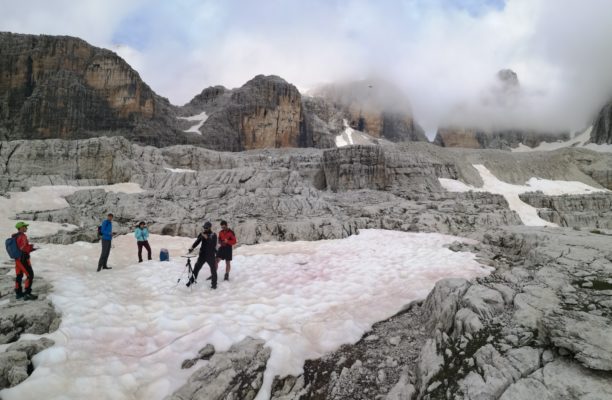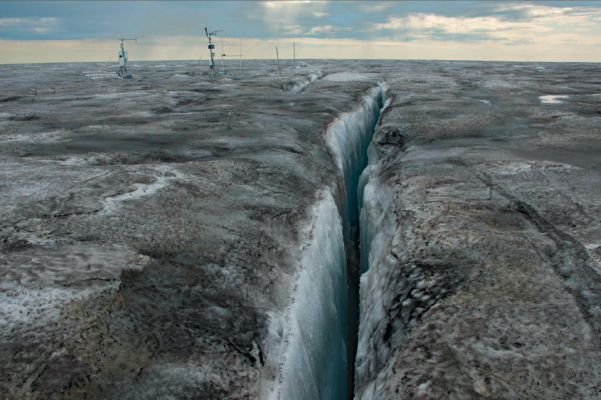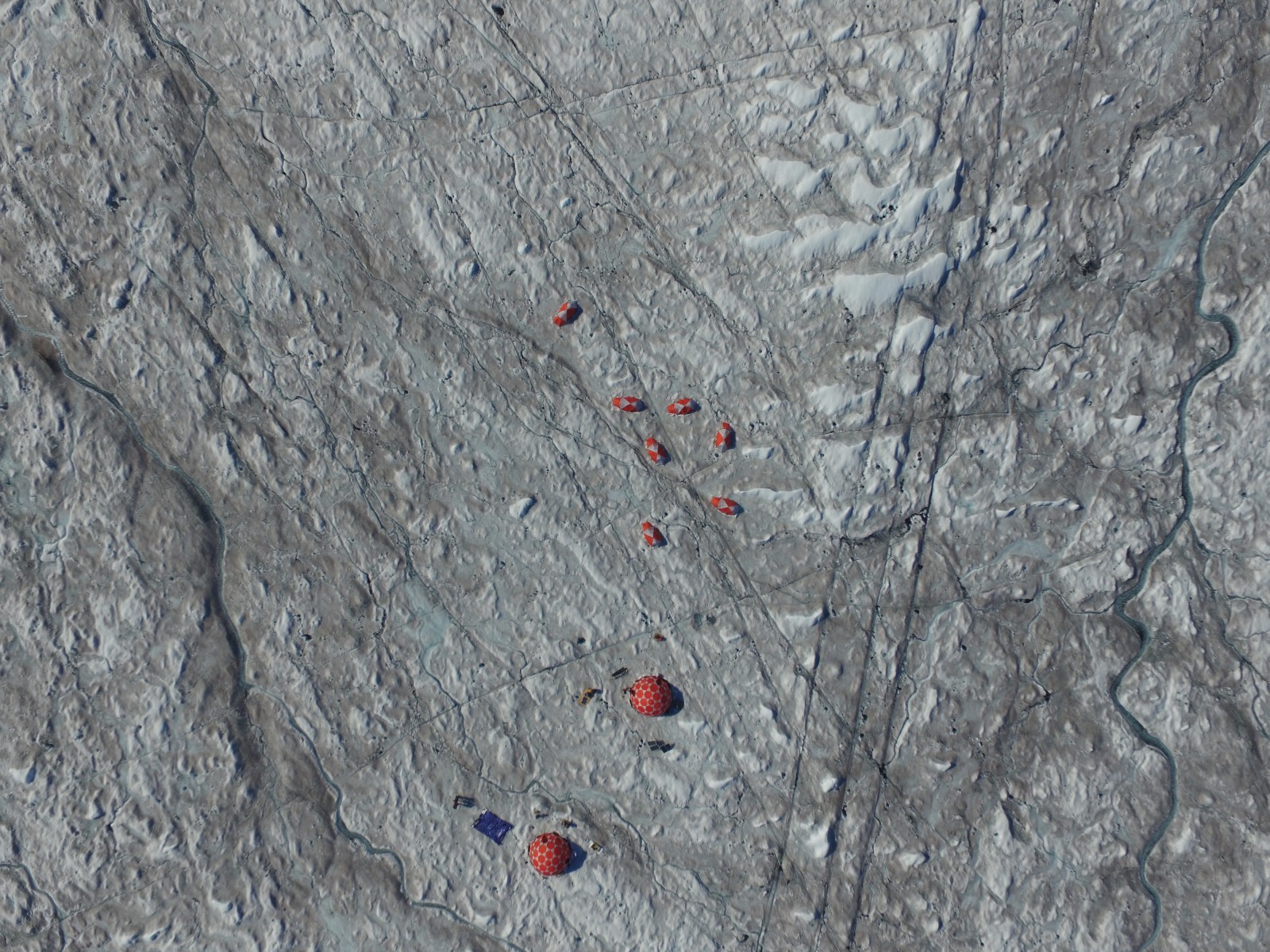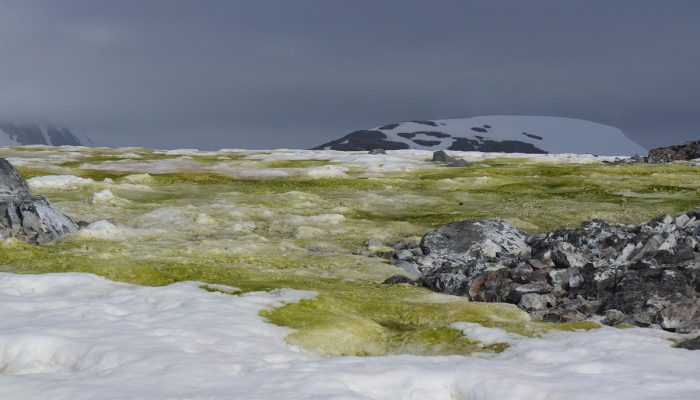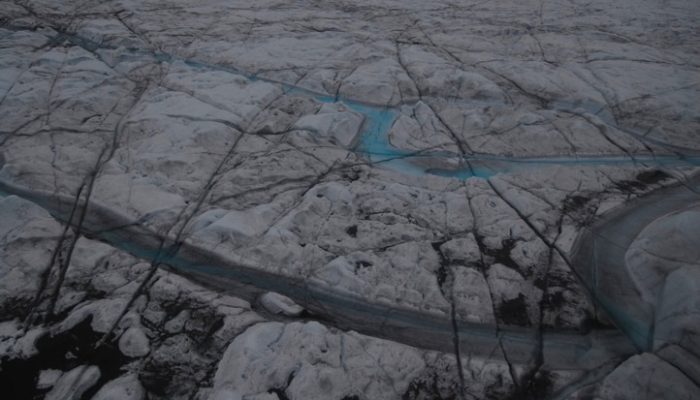We are used to think of algae as marine or lacustrine organisms, but they are actually able to thrive also on the cryosphere. In a previous post, we learnt how snow algae live and reproduce on snow. Now we will explore how and why scientists study snow algae, and how social media can be used for identifying new study areas. Snow algae in the Alps Snow algae in the Alps have been overlooked or conf ...[Read More]
Cryo-Adventures – Hunting snow algae in the Alps
